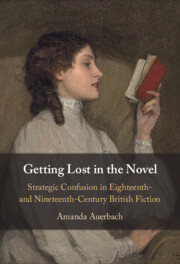Introduction
Published online by Cambridge University Press: 26 July 2025
Summary
This chapter explains how the emotionally expressive motions of characters can reveal their unmet psychological needs, which cultural and economic conditions do not allow them to fully acknowledge. These movements and the environments in which they unfold evoke subgenres of the eighteenth- and nineteenth-century British novel including the marriage plot, the Gothic novel, the Victorian bildungsroman, and the sensation novel. These episodes featuring characters’ emotionally expressive motions invite us to understand these subgenres in a new light, as narratives that depict characters’ unfulfilled needs and respond to those of anticipated readers. The introduction situates this approach both with respect to recent work in novel studies and the earlier approaches of reader response theorists. The chapter also offers an extended interpretation of Samuel Richardson’s Clarissa, oriented around Clarissa’s expressive motions as she runs away from her family with Lovelace. This moment can be seen as the origin of episodes of getting lost.
Keywords
Information
- Type
- Chapter
- Information
- Getting Lost in the NovelStrategic Confusion in Eighteenth- and Nineteenth-Century British Fiction, pp. 1 - 24Publisher: Cambridge University PressPrint publication year: 2025
